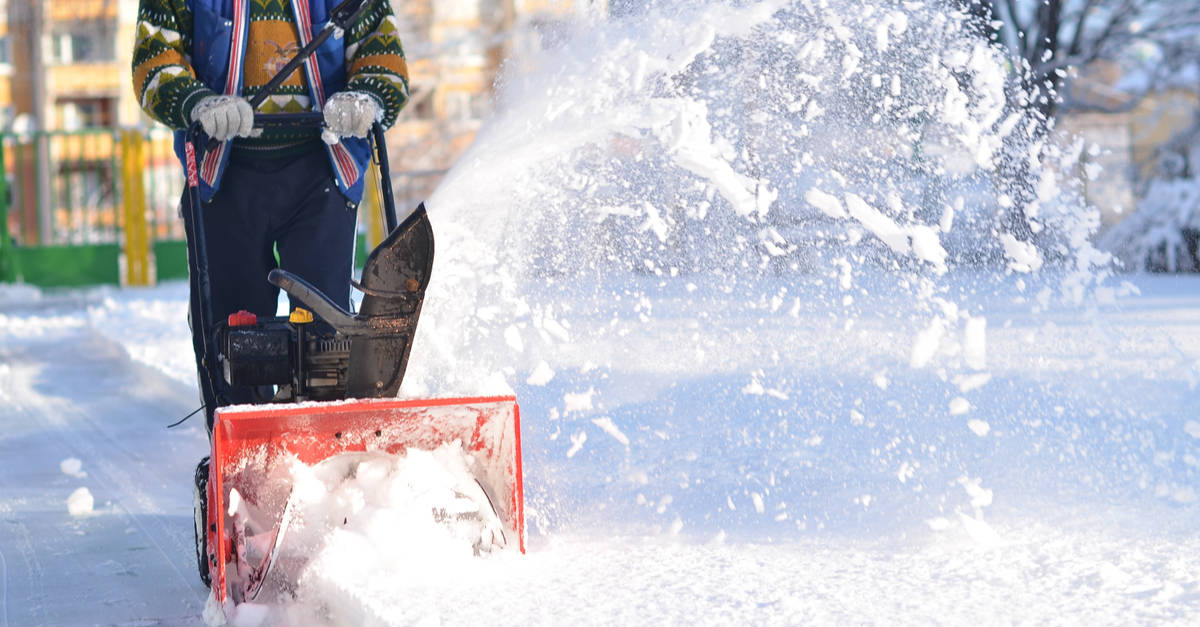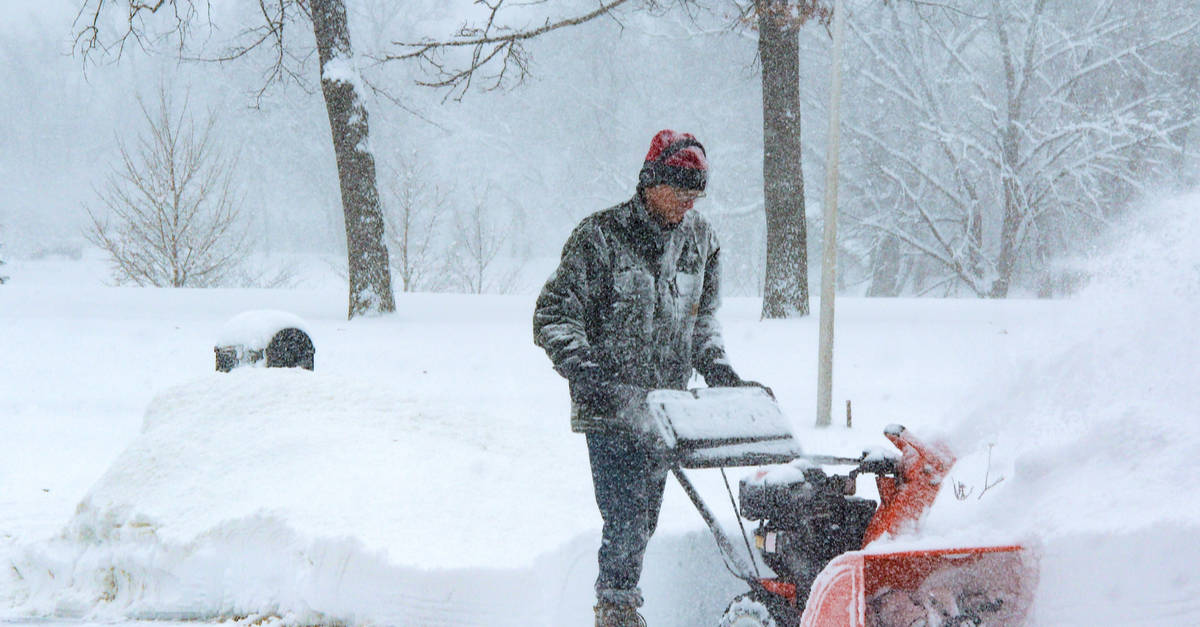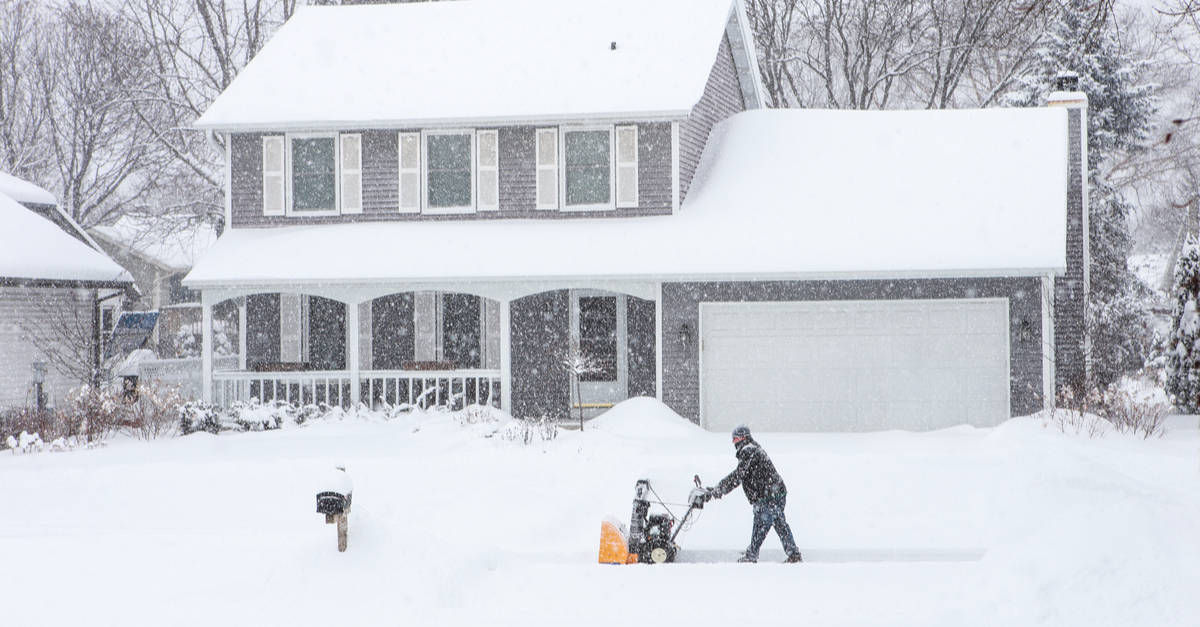What is worse than a sudden blizzard that you weren’t prepared for? It is waking up the next morning and realizing you have to get rid of all that snow.
That is why you need an excellent snowblower, which will make heavy snow easy to move without having to work your way through it manually. I have heard from my father about major injuries that people have faced because of using the old-school shovel.
He had been very particular about using the right snowblower. And since I loved spending time watching him in action with the different machines, he told me about all the factors to consider before buying a snowblower.
Hello! My name is Stacy Smith. And today, I have carefully curated this guide to help you choose the best snowblower. For better clarity, I have divided it into two sections, which explain the types and the major features you should look for.
And if you're specifically searching for walk behind snowblower models, click on the link to read out best recommendations!
So, without further ado, let’s dive in to know how to choose a snowblower!
Types Of Snowblowers

First, I will tell you about the different types of snowblowers out there. They are listed below based on power source and operation. So, let’s take a more detailed look at each type.
Based On Power Source
1. Electric
This is a perfect option for clearing light snow. If the snow cover is less than 12 inches, an electric snowblower will do the job. It does not weigh much and is mostly used to clean driveways and sides of fence walls.
It is also very compact, and I could take it around into narrow spaces. Besides, it is maintenance-free, and you can eliminate dealing with oil changes completely.
One issue here is that you will need a power outlet nearby and an extension cord for it to function.
2. Battery-Operated
A battery-operated snowblower provides greater efficiency with no power cords to worry about. Battery-powered options allowed me to move anywhere without a power cord attached to it. But these are not fit for heavy usage as you will then have to change batteries often.
3. Gas-Powered
The most sturdy and powerful option in this list is the gas-powered model. It will take care of thick snow and can clean up to 30 inches of it while electric models can only clean up to 12 inches. The only disadvantage is that you will have to refill the gas from time to time.
Based On Operation
1. Single-Stage
This is the easiest kind of machine to handle and is one of my favorites. It is lightweight and takes up very little space. The size varies from 18-22 inches wide and can handle a depth of around 10 inches of snow. Hence, if you need to remove light snow cover, this is the type to consider.
You can choose among electric, battery-operated, or gas-powered options with single-stage models.

2. Two-Stage
Moving on to a more powerful option, the two-stage snowblower can handle around 16 inches of snow without slowing down. My dad used this machine the most because of its brilliant efficiency and high power.
It can throw snow twice as far compared to a single-stage model. And that’s because an auger picks the snow up and a high-speed impeller pushes it through the discharge chute. This keeps the snow moving continuously and ensures that the job is done quickly.
3. Three-Stage
Finally, I will talk about the most powerful type. A three-stage snowblower can tackle around 18 inches of snow with ease and includes self-propelled wheels and heated grips for your convenience.
Two metal augers pick up the snow and launch it as far as 50 feet away. The high speed is another notable specification that makes it super-efficient.
Features Of A Snowblower
Now that you know about the types, let me move on to the significant characteristics that you should consider.
1. Average Depth Of Snowfall
What is the average depth of snow that you generally need to clean? If it is less than 12 inches and mostly heavy and wet, a single-stage snowblower will do the job well. They are light and easy to operate.
However, if the depth is more, consider getting a two or three-stage version. This will save you from getting back pains as you would not have to push it forward. The self-propelling feature should do the work for you.
2. Headlights
My dad would not buy a product without a headlamp. You will likely be removing snow after work at night or early in the morning. There is almost no sunlight at both times, and a headlight makes it easier to see the snow you are dealing with.
3. Plastic v/s Steel Chutes
Plastic chutes work better, in my opinion. They are slippery and do not rust. This makes it easier for the snow to slide off and not stick to its sides. In case of the steel variant, once it starts rusting, the snow keeps sticking to its sides. Also, these are more prone to dents due to the cold.
4. Tires
I prefer airless tires to air-filled ones because of the ease of operating them. Air-filled options need a lot of care, and you have to check the pressure and refill them every once in a while. Airless ones will never go flat and are maintenance-free.

Final Words
Gone are the days when you would shovel the snow away to clear a path. Today, with snowblowers to take care of it, you need not worry about spending hours in the snow. Electric snowblowers work great for smaller lawns that receive low to moderate snow cover.
On the other hand, battery-powered snowblowers are becoming a popular choice because of their ease of use. But you will have to fall back on the two or three-stage blowers in case of heavy snowfall. Remember that any gas-powered option needs more care, and it is best to attach a fuel stabilizer to it.
On that note, I will take your leave. It is time for you to choose the perfect snowblower for a hassle-free experience.
Till next time!
